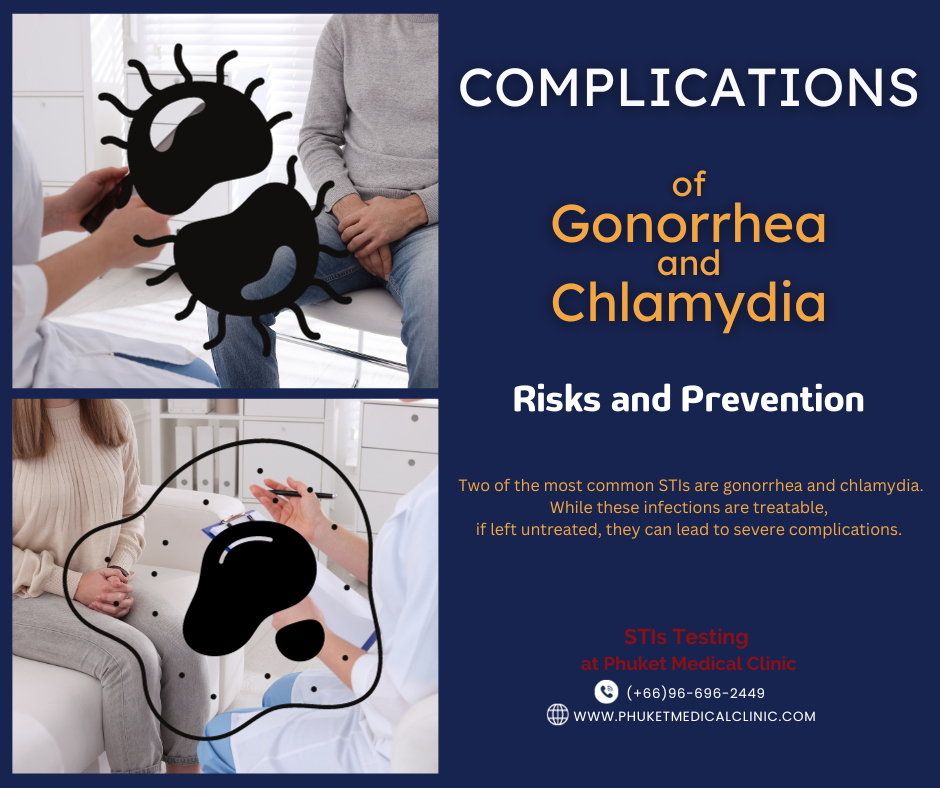Sexually transmitted infections (STIs) are a prevalent health concern worldwide, with gonorrhea and chlamydia being two of the most common. Both of these infections can have serious consequences if left untreated, making regular testing crucial for early detection and treatment, can prevent complications and the spread of these infections.
Complications of Gonorrhea and Chlamydia: Risks and Prevention
Sexually transmitted infections (STIs) are a global health concern, with millions of cases reported each year. Two of the most common STIs are gonorrhea and chlamydia. While these infections are treatable, if left untreated, they can lead to severe complications. In this article, we will delve into the complications associated with gonorrhea and chlamydia, as well as strategies for prevention.
Understanding and Preventing Popular Sexually transmitted infections (STIs)
Sexually transmitted infections (STIs) remain a significant public health concern worldwide, affecting millions of people each year. These infections can have serious consequences for individuals’ health and wellbeing, making it crucial to understand the most common STIs and take proactive measures to prevent their transmission. In this article, we will explore some of the most popular infectious diseases that are transmitted through sexual contact and discuss ways to protect yourself and your partners.
How to Handle Suspecting a STD?
Early detection STD and treatment are paramount in improving health outcomes and saving lives. Detecting medical conditions at an early stage allows for timely intervention, preventing the progression of diseases and minimizing potential complications. This approach significantly increases the effectiveness of treatments, reducing the need for more invasive and costly procedures later on. Additionally, early detection often provides a broader range of treatment options, enhancing the likelihood of successful outcomes. Prioritizing early detection empowers individuals to take proactive control of their health, promoting a healthier population overall and easing the burden on healthcare systems. Ultimately, it underscores the fundamental principle that prevention is better than cure.
What is Chlamydia & Gonorrhea?
Chlamydia and gonorrhea are two common sexually transmitted infections (STIs) that affect millions of people worldwide. Chlamydia is caused by the bacterium Chlamydia trachomatis, while gonorrhea is caused by the bacterium Neisseria gonorrhoeae. Both infections can be transmitted through vaginal, anal, or oral sex, as well as from an infected mother to her newborn during childbirth. Chlamydia and gonorrhea often show no symptoms or present mild symptoms, which can lead to delayed diagnosis and increased risk of complications. If left untreated, these infections can result in serious health problems, such as pelvic inflammatory disease, infertility, and increased susceptibility to HIV infection. Diagnosis is usually done through laboratory tests, and both infections can be treated with antibiotics. Preventive measures, such as practicing safe sex and regular testing, are crucial in controlling the spread of these STIs.





